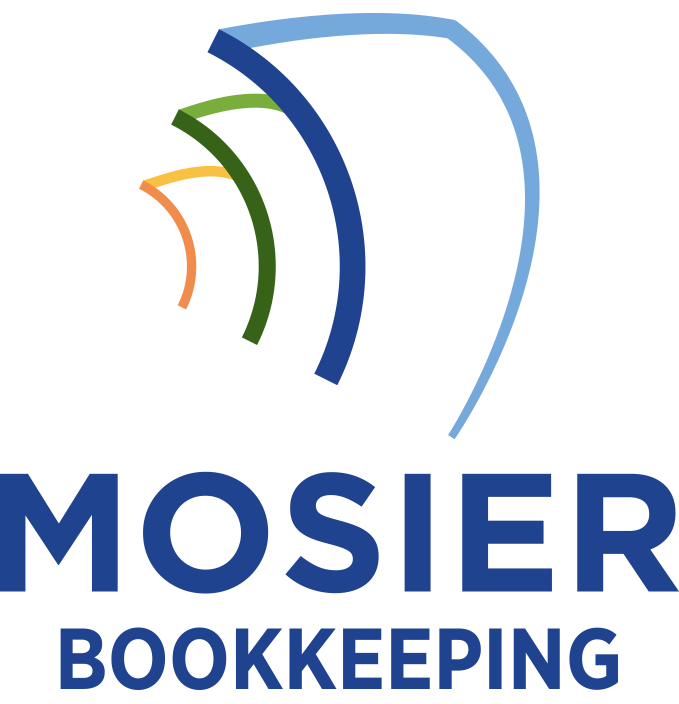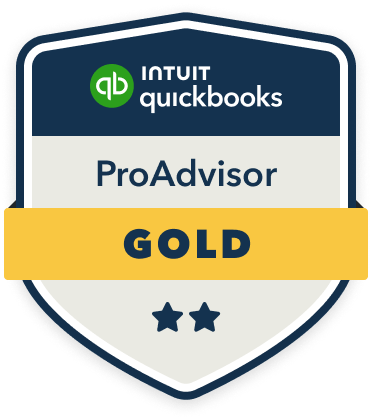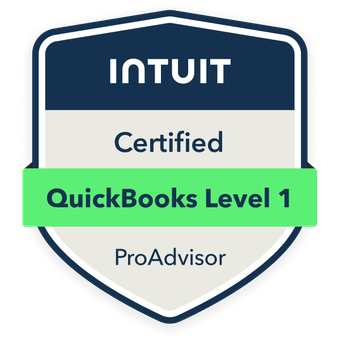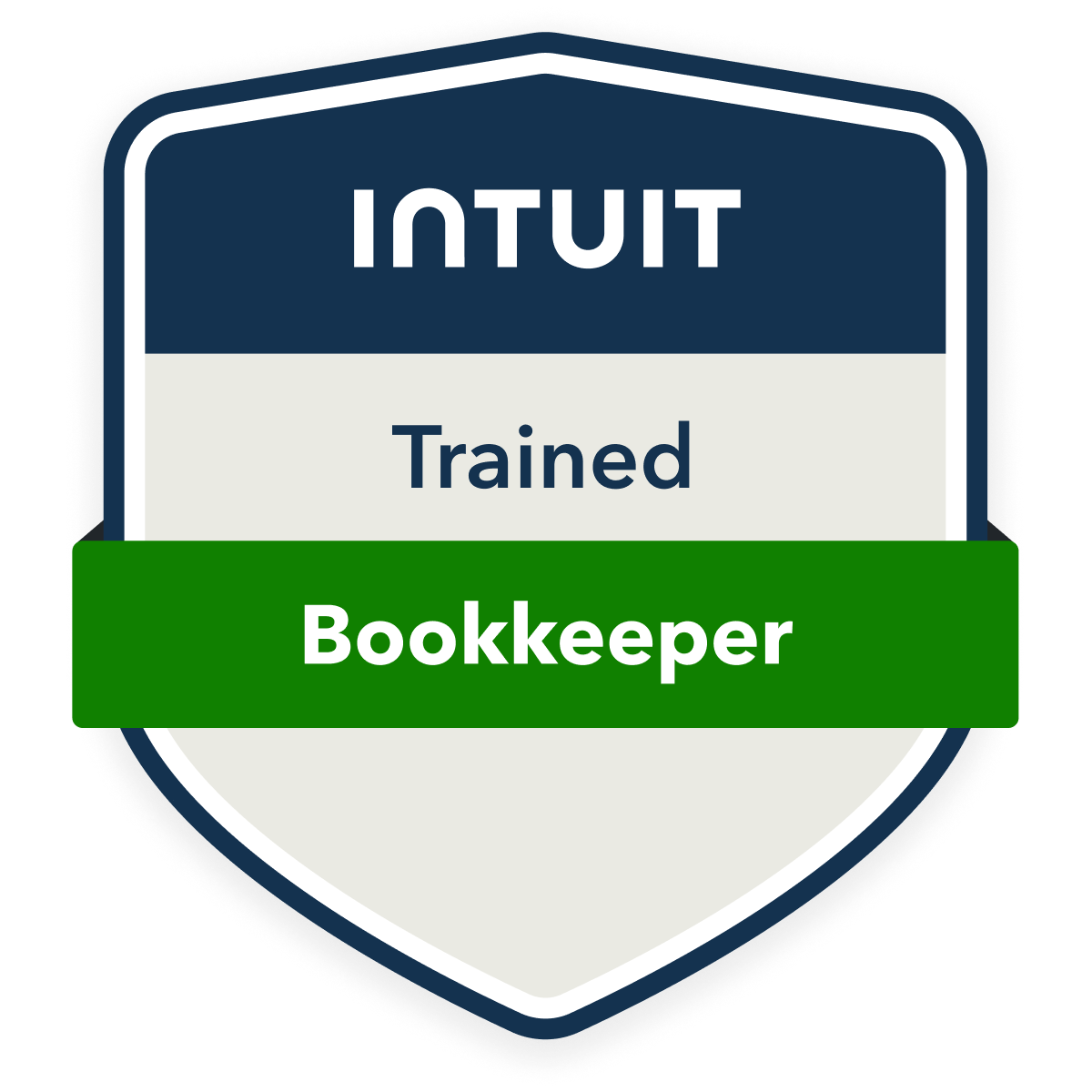Integrating bookkeeping with asset management tools delivers significant operational advantages that’ll transform your financial processes. You’ll gain real-time visibility into financial data, reduce errors through automated data synchronization, and cut processing time by up to 80%. The integration streamlines asset lifecycle tracking, guarantees regulatory compliance, and generates precise audit trails. By automating routine tasks, you can reduce labor costs by up to 40%. Let’s explore how these powerful capabilities can revolutionize your business operations.
Real-Time Financial Visibility and Decision Making

When organizations integrate their bookkeeping systems with asset management tools, they gain immediate access to essential financial data that drives smarter decision-making. I can tell you that this integration enables you to monitor cash flow, track asset performance, and analyze financial metrics in real-time. You’ll leverage dynamic dashboards to instantly assess your organization’s financial health and identify emerging trends or potential issues. The system alerts you to critical changes, empowering you to respond swiftly to market opportunities or challenges. With automated data synchronization between platforms, you’ll eliminate manual reconciliation delays and make decisions based on current, accurate information.
Streamlined Data Entry and Error Reduction
Through the seamless integration of bookkeeping and asset management systems, organizations dramatically reduce manual data entry requirements and minimize error risks. I’ll show you how this integration eliminates the need for duplicate entries across multiple platforms, cutting your processing time by up to 80%. You’ll find that automated data synchronization guarantees consistency between your financial records and asset tracking, while built-in validation rules catch discrepancies before they become costly mistakes. I can attest that this streamlined approach not only boosts your operational efficiency but also strengthens your financial control through reduced human error and standardized processes.
Enhanced Asset Lifecycle Management
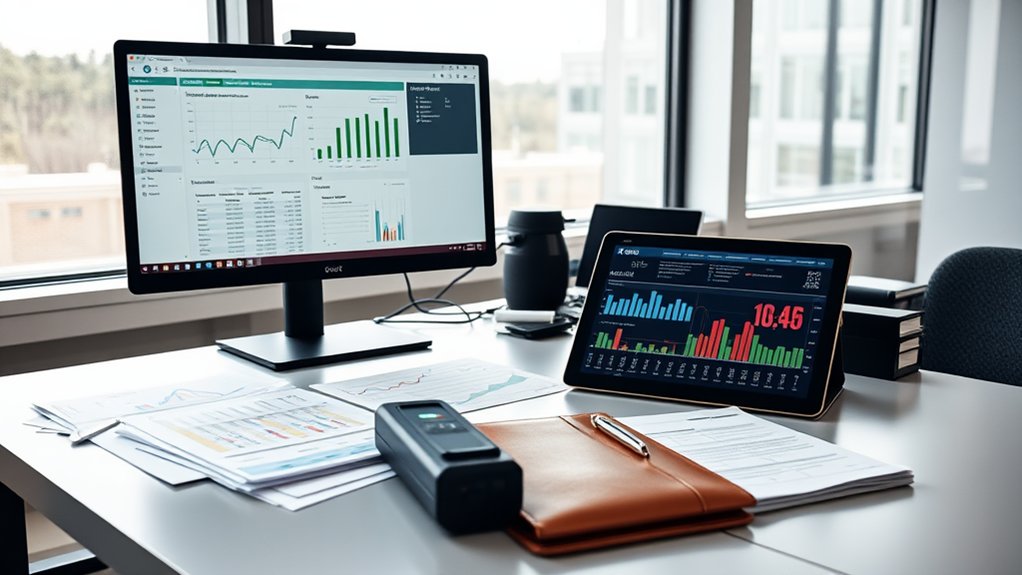
Integrating bookkeeping with asset management tools extends beyond data accuracy into thorough lifecycle tracking. I can help you monitor each asset from acquisition through disposal, capturing critical financial data at every stage. You’ll gain precise insights into depreciation schedules, maintenance costs, and replacement timing.
I’ve found that this integration empowers you to make data-driven decisions about asset retention or disposal. You can identify underperforming assets quickly and calculate their true cost of ownership. By analyzing maintenance patterns and operational expenses, you’ll optimize your asset portfolio and strengthen your capital planning strategy. The system transforms raw data into actionable intelligence for strategic asset management.
Improved Regulatory Compliance and Reporting
Because regulatory requirements for asset reporting continue to evolve, combining bookkeeping with asset management tools streamlines compliance processes. I’ve found that integrated systems automatically track and document changes in asset values, depreciation, and maintenance costs, ensuring you meet GAAP standards and SEC requirements. You’ll generate precise audit trails and compliance reports in real-time, reducing your risk of regulatory violations.
The integration enables you to maintain detailed records of asset modifications, disposals, and acquisitions while automatically applying the latest reporting standards. You’ll strengthen your position with regulators through thorough documentation and standardized reporting formats that demonstrate your commitment to transparency.
Cost Savings Through Process Automation

A well-integrated bookkeeping and asset management system delivers substantial cost reductions by automating repetitive tasks. I’ve found that automation eliminates the need for manual data entry, reducing labor costs by up to 40% while minimizing human error. You’ll cut expenses further through automated reconciliation processes and real-time tracking of asset depreciation.
I can attest that integrating these systems streamlines your workflow by automatically generating financial reports, tracking maintenance schedules, and updating inventory levels. This efficiency allows your staff to focus on strategic activities rather than routine tasks, maximizing your return on human capital investment and strengthening your competitive advantage.
